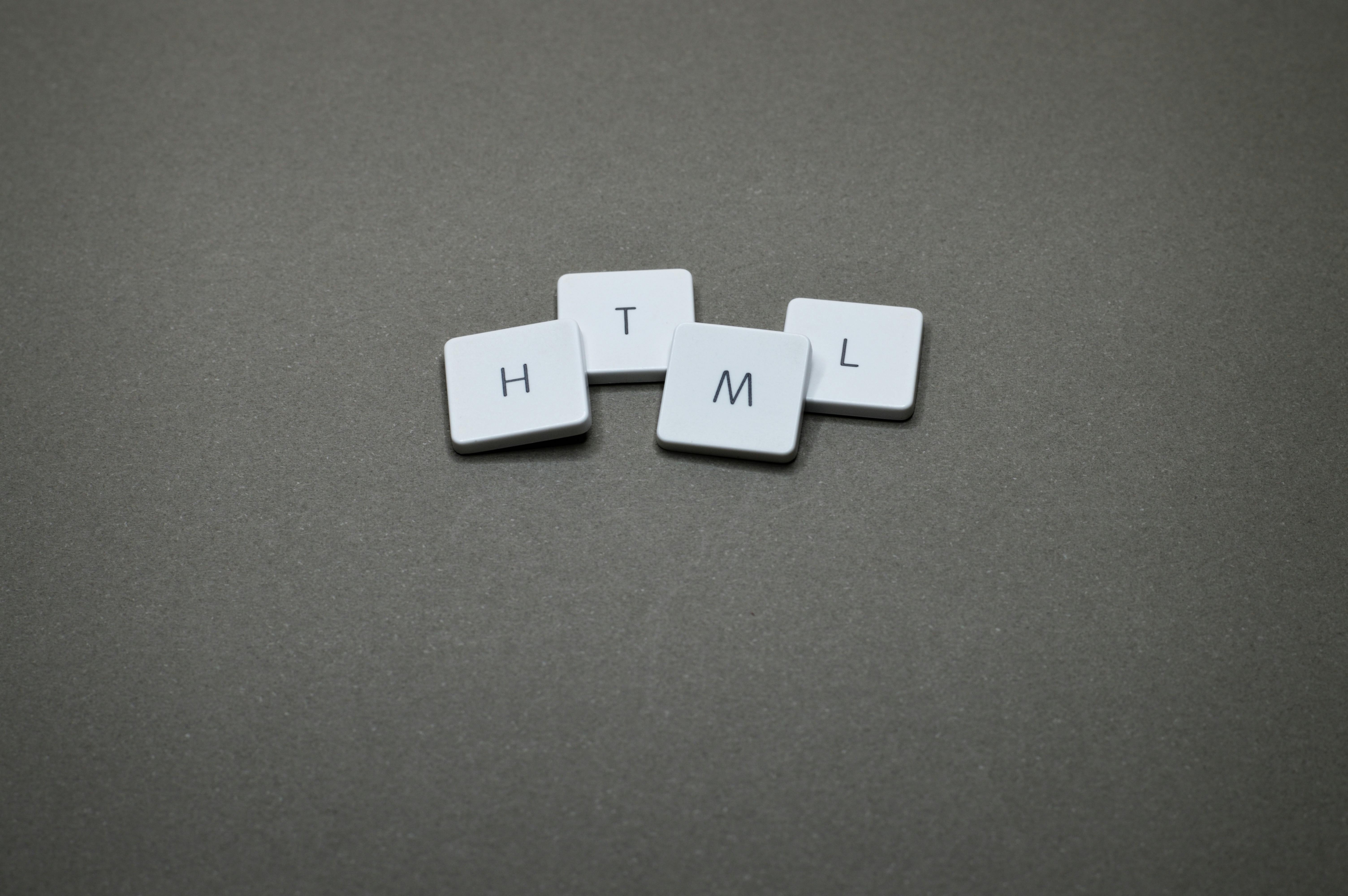Web Development in 2025: Still the Backbone of the Internet
by Amira Patel, Frontend Developer
The Modern Web Stack
React, Next.js, FastAPI—the tech behind seamless web experiences is more powerful than ever.

Headless, Serverless, and Beyond
Developers now build fast, responsive apps with less overhead. Serverless functions, edge deployments, and CMS flexibility are the new normal.
Top tip
Mobile-first, SEO-ready, and accessible designs are non-negotiable in 2025.
The Web Isn’t Going Anywhere
Web development is evolving, not fading. If anything, it’s the launchpad for AI, e-commerce, and SaaS experiences.
While the tech world is abuzz with AI and blockchain, web development remains the beating heart of the digital experience. Every app, business, and product eventually needs a user interface—and that’s where the web shines.
Modern web development is much more than HTML and CSS. Frameworks like React, Next.js, and Vue.js have changed the game by allowing developers to build fast, responsive, and scalable web apps. On the backend, Node.js, Django, and FastAPI help manage everything from databases to authentication.

What’s interesting is how web dev continues to evolve. Serverless functions, edge computing, and headless CMSs are helping developers build globally distributed apps with less infrastructure overhead. Accessibility, mobile responsiveness, and performance optimization are no longer optional—they're expected.
Even with the rise of mobile apps, a well-built website is still the first impression users get of a brand. And with GenAI tools now assisting with coding and design, the development process is becoming faster and more collaborative.
So, whether you're a new developer or a startup founder, don’t underestimate the web. It’s still where most digital journeys begin—and where many of them succeed.

